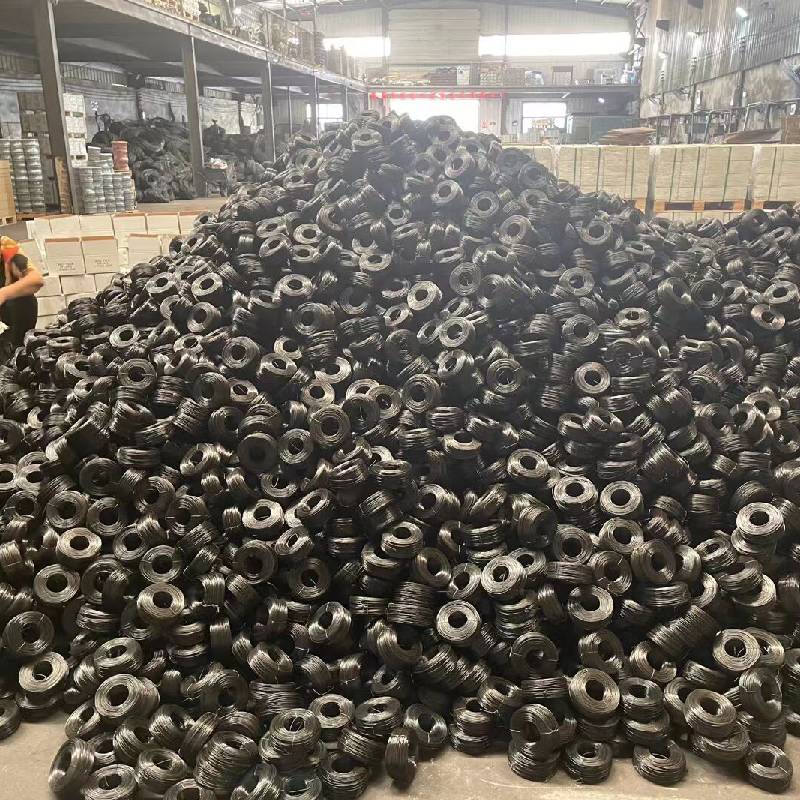
- Mobile Phone
- +8613931874955
- sales@cntcmetal.com
Stainless Steel Wall Ties for 100mm Cavity Construction Applications
Stainless Steel Wall Ties for 100mm Cavity Walls A Comprehensive Overview
When it comes to the construction of cavity walls, particularly those with a 100mm cavity, the significance of using high-quality wall ties cannot be overstated. Among the various materials available for wall ties, stainless steel has emerged as a preferred choice for many builders and architects. This article will explore the benefits of stainless steel wall ties for 100mm cavity walls, the standards that govern their use, and best practices for installation.
The Importance of Wall Ties
Wall ties play a crucial role in the stability and integrity of cavity walls. They provide the necessary connection between the outer leaf (usually facing bricks) and the inner leaf (often comprising blockwork or brickwork). This connection helps maintain the wall's structural integrity while also allowing for thermal expansion and contraction. In a 100mm cavity wall, which is relatively common in modern construction, proper installation of wall ties is essential to ensure that the wall functions effectively in resisting lateral loads and moisture ingress.
Advantages of Stainless Steel
Stainless steel wall ties offer numerous advantages over their counterparts made from other materials, such as galvanized steel or plastic. One of the most significant benefits of using stainless steel is its excellent resistance to corrosion. In environments subject to moisture, such as coastal regions or areas with heavy rainfall, stainless steel ties provide a longer lifespan and reduced risk of failure compared to less corrosion-resistant materials.
Moreover, stainless steel comes in different grades, including 304 and 316, which further enhance its durability and performance in various conditions. Grade 316 stainless steel, for instance, is particularly suited for marine environments due to its higher resistance to chloride corrosion. This makes it an ideal choice for coastal construction where exposure to salted air is a concern.
stainless steel wall ties for 100mm cavity

Compliance with Standards
When selecting wall ties, it is crucial to ensure they comply with relevant standards and building regulations. In many regions, wall ties must meet specific guidelines outlined in documents such as the British Standard BS 5628 and the European Standard EN 845-1. These standards detail requirements for materials, installation practices, and testing for durability and strength. Contractors should always select wall ties from reputable suppliers who adhere to these standards, verifying that the products have been tested and certified for safety and effectiveness.
Installation Best Practices
Proper installation of stainless steel wall ties is critical to their performance. When constructing a 100mm cavity wall, ties should generally be installed at specified intervals, often around 600mm vertically and 900mm horizontally, depending on the wall's design and the type of cladding used. It is essential to ensure that the ties are installed perpendicular to the cavity and in such a way that they do not compromise the insulation or drainage provisions of the cavity.
Additionally, builders should pay attention to the correct embedment depth of wall ties into the masonry both in the inner and outer leaves. Improper embedment can lead to reduced load-bearing capacity and increased susceptibility to corrosion if moisture is able to accumulate around the tie.
Conclusion
In summary, stainless steel wall ties are an invaluable component in the construction of 100mm cavity walls, offering unparalleled durability, corrosion resistance, and structural integrity. Adhering to established standards and employing best installation practices ensures that these ties will provide long-lasting support for cavity walls, contributing to the overall safety and stability of the building. As design and construction practices continue to evolve, the importance of high-quality materials like stainless steel will remain a cornerstone of reliable architectural solutions.
share:
-
Why Sacrificial Formwork Is Redefining Underground ConstructionNewsJun.06,2025
-
The Structural Dynamics of Modern Concrete: How Snake Spacers Revolutionize Flexible ReinforcementNewsJun.06,2025
-
Snake Spacers Smart-Lock Concrete Reinforcement with Surgical PrecisionNewsJun.06,2025
-
Snake Spacers: Reinforcement Precision for Modern Concrete ProjectsNewsJun.06,2025
-
Snake Spacers Powering Concrete's Structural DNANewsJun.06,2025
-
Slither into Success: Snake Spacers' Precision Bite for Unbreakable ReinforcementNewsJun.06,2025
-
Sacrificial Formwork: Building Stronger, Faster, and Safer StructuresNewsJun.06,2025



















